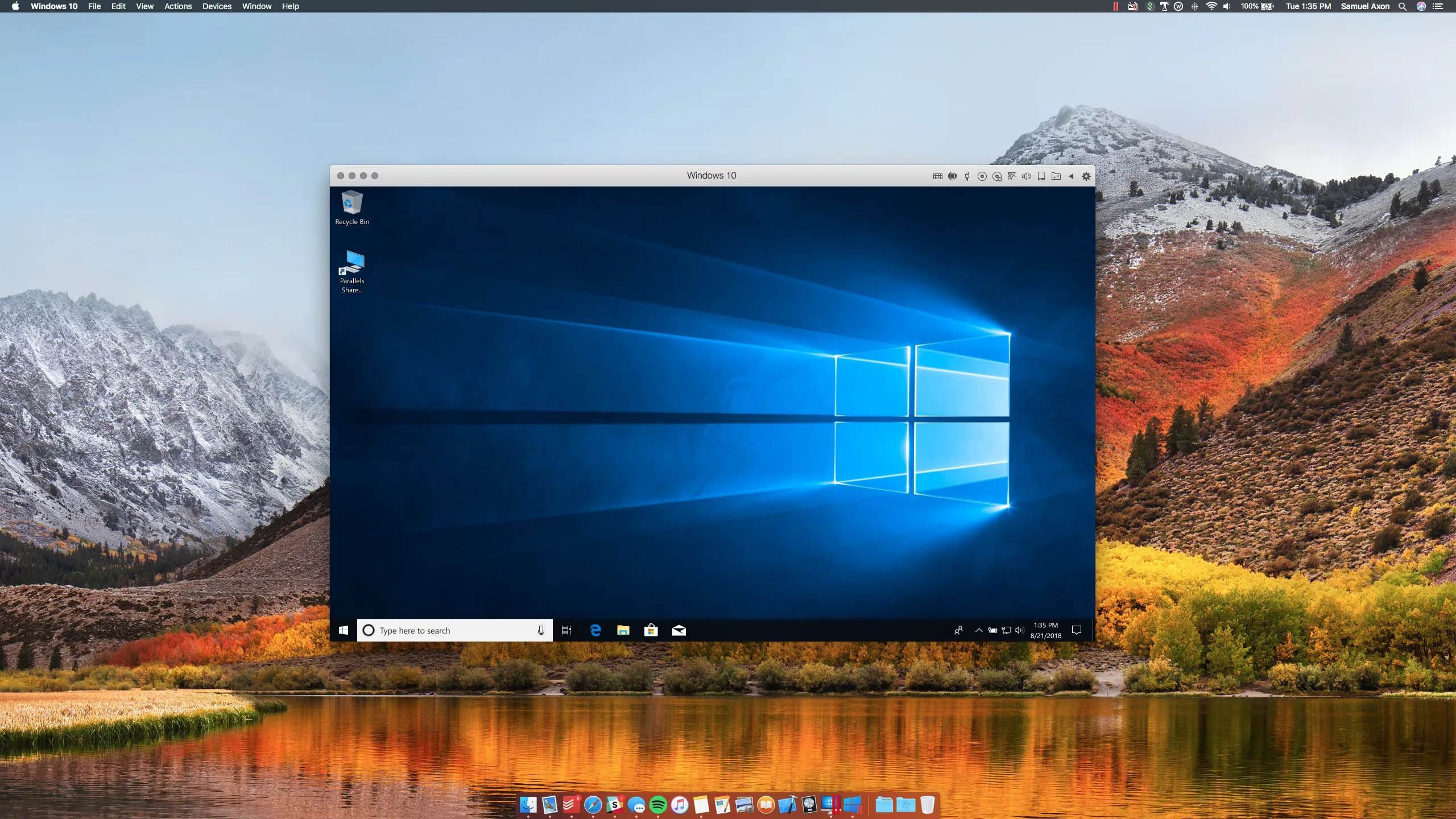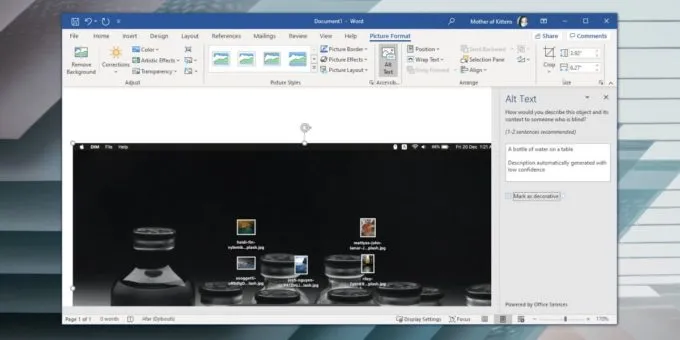In today’s digital landscape, QR codes have become a common tool for convenience, bridging the gap between the physical and virtual worlds. From quick access to restaurant menus to seamless payment options, their usage has surged. However, as this technology gains popularity, so too does the risk associated with it, giving rise to a new cybersecurity threat known as “quishing.” This term describes the alarming practice of embedding malicious URLs in QR codes, designed to deceive users into compromising their personal information. Understanding quishing and knowing how to protect yourself is essential in navigating this evolving digital threat.
Understanding Quishing: The New Cyber Threat
Quishing, a blend of ‘QR code’ and ‘phishing’, represents a significant evolution in cyber threats. Unlike traditional phishing, which often relies on deceptive emails or links, quishing employs QR codes to mislead users. When scanned, these codes lead to malicious websites that may steal personal information or install malware on the device. As QR codes become integrated into everyday transactions, understanding this threat is crucial for anyone who uses a smartphone.
The rise of quishing reflects a broader trend in cybercrime, where attackers exploit new technologies to facilitate their schemes. With QR codes becoming common for payments, menus, and promotions, users are often unaware of the potential dangers lurking behind these seemingly innocent codes. This lack of awareness can lead to disastrous consequences, making it essential for individuals to educate themselves about the risks associated with quishing.
Frequently Asked Questions
What is Quishing and how does it work?
Quishing, or QR code phishing, involves embedding malicious URLs in QR codes. Scanning these codes can redirect users to harmful sites that steal information or install malware.
Why is Quishing considered a significant threat?
Quishing is dangerous because QR codes are often scanned without scrutiny, making it easy for scammers to deceive users. Tampered codes can link to fake sites that steal personal data or money.
What steps can I take to protect myself from Quishing?
To protect against Quishing, use your device’s default QR scanner, verify URLs, avoid unknown payment links, and enable browser privacy settings. Always inspect QR codes before scanning.
Are QR codes safe to use for payments?
QR codes can be risky for payments, especially if the link is unknown. It’s best to avoid using QR codes for financial transactions unless you can verify their legitimacy.
How can businesses ensure their QR codes are secure?
Businesses should link QR codes directly to their official websites, avoid URL shorteners, and regularly check for tampering. Providing alternative options, like printed menus, can enhance customer safety.
What should I do if I suspect a QR code has been tampered with?
If a QR code appears altered or suspicious, do not scan it. Report the issue to the relevant authority or business to prevent potential scams.
Is Quishing a new phenomenon?
Quishing is a relatively new cybersecurity threat, emerging due to the increasing use of QR codes in everyday life, which has made them an attractive target for scammers.
| Key Point | Details |
|---|---|
| Definition of Quishing | Quishing is QR code phishing, where malicious URLs are embedded within QR codes to deceive users and steal information. |
| Risks of Quishing | Quishing can lead to malware infections, identity theft, and financial scams by directing users to fake websites. |
| Common Targets | Parking meters, restaurant payments, and promotional offers are frequently exploited for quishing attacks. |
| Protective Measures | Use default QR scanners, verify links, avoid unknown payment links, and check for tampering. |
| Business Precautions | Ensure QR codes link directly to official sites and regularly inspect codes for tampering. |
Summary
Quishing is a significant cybersecurity threat that exploits the convenience of QR codes to deceive users. To protect yourself from quishing, it’s essential to stay aware of the potential risks and take proactive measures, such as using trusted QR code scanners and verifying URLs before proceeding. By understanding the dangers associated with quishing and practicing caution, you can safeguard your personal information and avoid falling victim to these malicious attacks.










